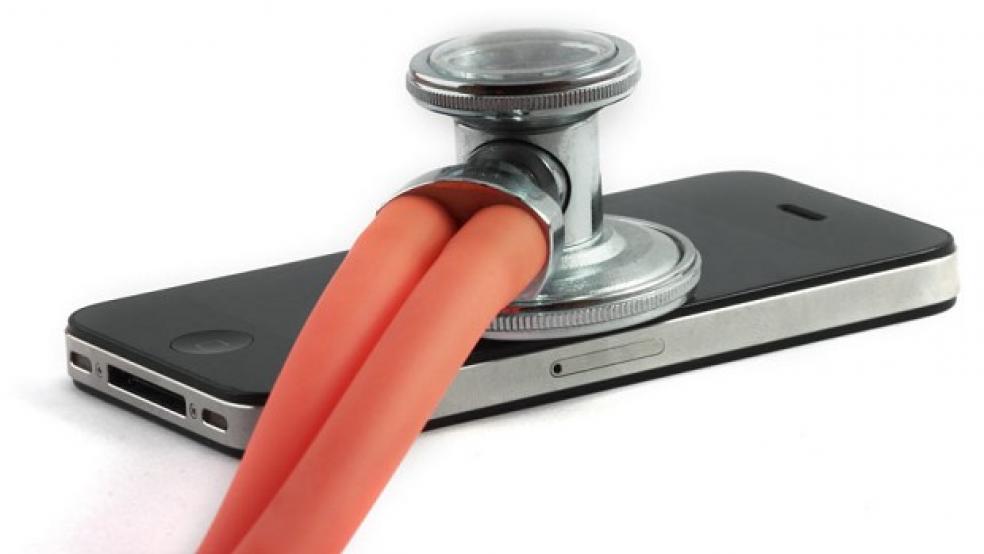“Your doctor is arriving now.”
A new Uber-like smartphone app that allows people to order a doctor to their home for a consultation by just touching a button is gaining traction across the Northeast. The fee is $300 for a house call.
Pager, the app created by former Uber engineer Oscar Salazar and funded by venture capitalist Gaspard de Dreuzy, launched in Manhattan in May and has been making pin-dropped house calls ever since. Now the company is looking to expand to other areas like Boston.
Related: Telemedicine: Can ‘Docs in a Box’ Save the Health Care System?
“The company is definitely considering Boston, because average waits there for primary care appointments exceed the national average,” a Pager spokeswoman told the Boston Business Journal.
To use Pager, people just open the app and hit a button that searches for the closest available physicians – similar to how Uber searches for cars. The screen displays board-certified doctors’ pictures, credentials and specialties – and users can choose which one they want.
Then, within five minutes, the doctor of your choice will call you. The service does not accept insurance. Consultations by phone cost $50 and house calls are $300. Unlike Uber, Pager doesn’t have surge pricing…yet.
According to the service’s website, Pager is available for iPhone in Manhattan and Brooklyn from 8 a.m. to 10 p.m. every day. It cautions that people should not use the app in cases of emergencies. The app isn’t meant to replace hospital visits or trips to the emergency room either; it’s aimed at relieving wait times at walk-in clinics.
A spate of other telemedicine companies are trying to serve the same purpose, as well as cutting health care costs. Apps like Doctor on Demand and MDLive connect physicians and patients through skype-like video conferencing.
A study by the Affiliated Workers Association found that more than 36 million Americans have already used telemedicine in some way, and as many as 70 percent of doctor visits can be handled over the phone – which typically cost much less than an in-person visit.
Related: Another Lawmakers Sues Obama Over Health Care Law
The move toward more telemedicine has received attention from lawmakers on Capitol Hill, who are pushing for more federal programs to use the technology.
Currently Medicare reimburses telehealth for patients only outside city limits or in areas with a provider shortage. One measure, sponsored by Rep. Gregg Harper (R-MS), would expand that to large metropolitan areas as well.
Telemedicine proponents say the technology can produce major cost savings to both doctors and patients.
A study by researchers at Health Affairs measured the spending difference between chronically ill Medicare patients who used a telehealth program compared to those who did not. The patients who had used the telehealth program had spending reductions of 7 to 13 percent or $312–$542 per person per quarter compared to those who didn’t.
Top Reads from The Fiscal Times:





